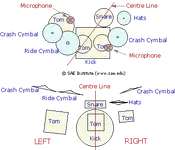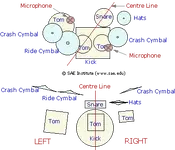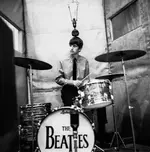Z
Zorin Britz
New member
Hi, I'm new to recording and I'm planning on recording drums for a small jazz combo.
The drummer would be recording to a guide track alone.
I need help whether or not my current equipment will produce a decent professional quality recording, and how to position the microphones to capture the best sound.
My equipment consists of a pair of matched Cascade Fathead II ribbon microphones, a pair of matched NT-5 Rode SDC, and a Behringer B-2 LDC.
My interface is a Roland Quad-Capture and only has two inputs.
I intend to record in a large studio with a relatively high ceiling. (about 4-5meters)
Any advice welcome!
The drummer would be recording to a guide track alone.
I need help whether or not my current equipment will produce a decent professional quality recording, and how to position the microphones to capture the best sound.
My equipment consists of a pair of matched Cascade Fathead II ribbon microphones, a pair of matched NT-5 Rode SDC, and a Behringer B-2 LDC.
My interface is a Roland Quad-Capture and only has two inputs.
I intend to record in a large studio with a relatively high ceiling. (about 4-5meters)
Any advice welcome!



